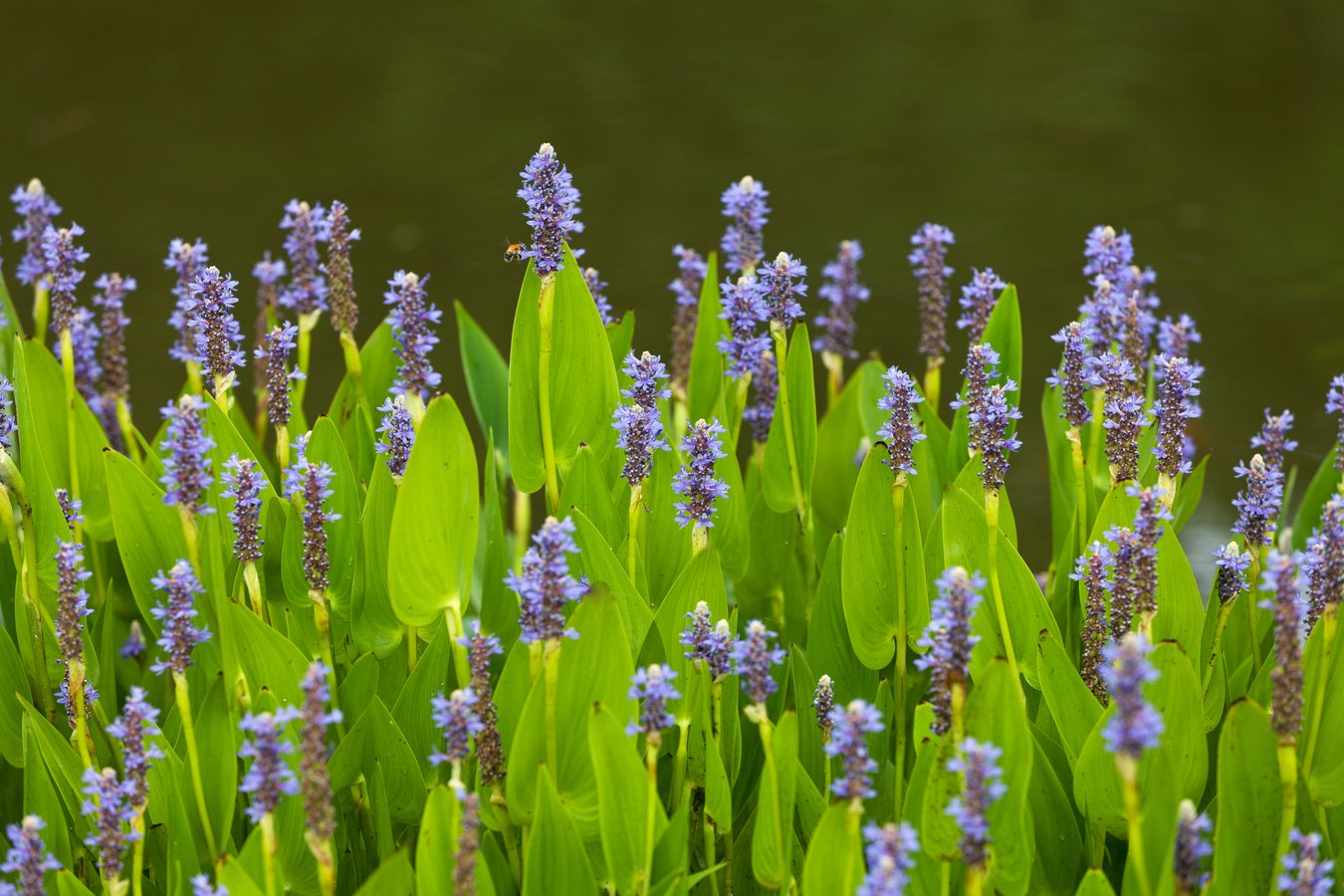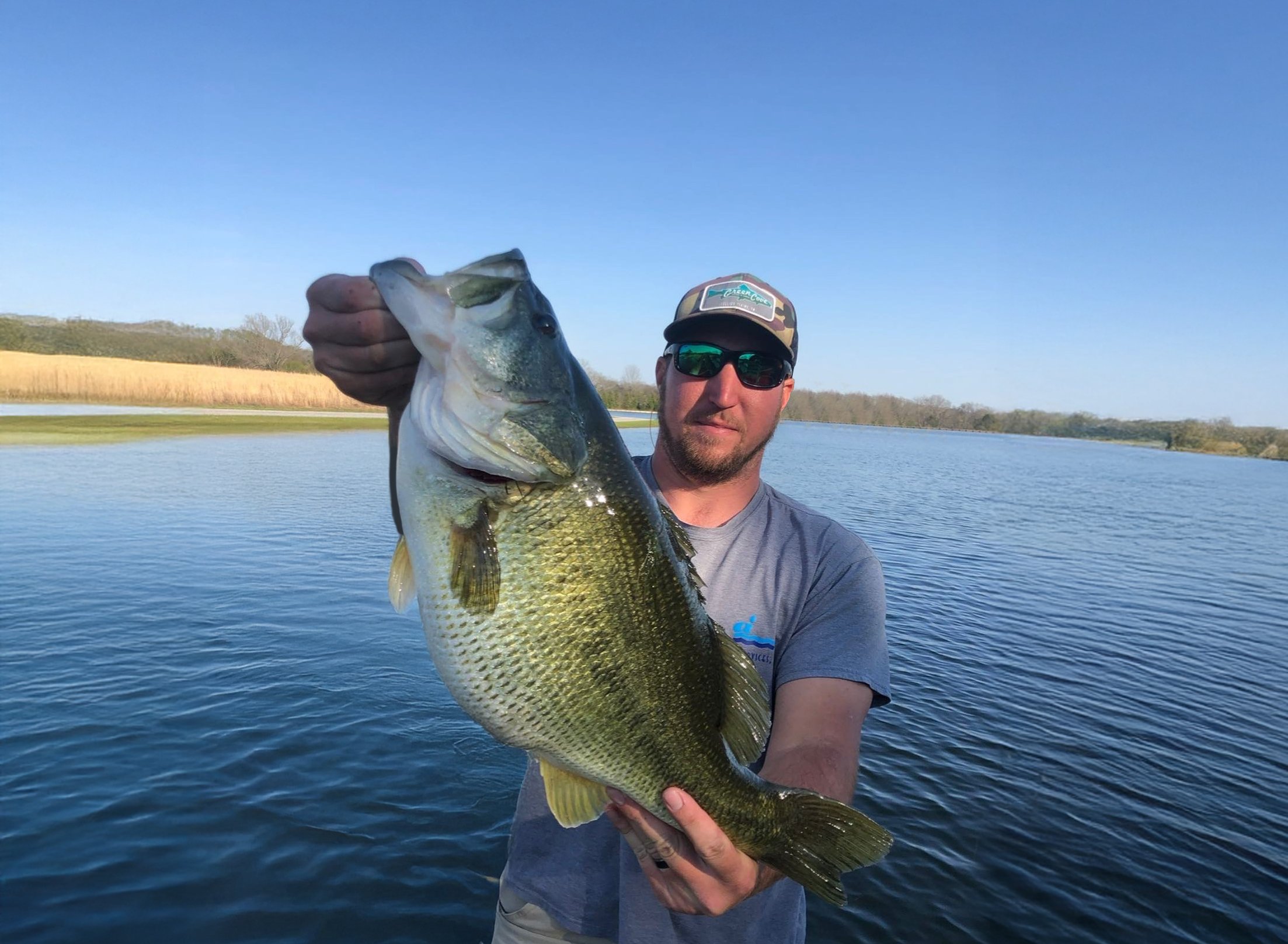Native Wetland Plants: A Southern Solution for Pond Erosion and Water Quality

Reinforce Your Shoreline Naturally
Erosion is one of the most common issues pond owners face across the southeast. Heavy rain, wave action, and fluctuating water levels slowly wear away shorelines, damaging the pond’s structure and health. But there’s a natural, effective way to fight back—native wetland plants.
At Aqua Services, we use wetland plantings as a cornerstone of our shoreline restoration efforts. These aren’t just “nice-to-have” landscaping features—they’re essential tools for erosion prevention, water filtration, and aquatic habitat improvement.
Why Native Plants Are Ideal for the Southeast
Native wetland plants like Pickerel Rush, Arrowhead, Lizard’s Tail, Swamp Iris, Soft Rush, and Sweet Flag are naturally adapted to the warm, humid climate and periodic flooding common in the Southeast. Their deep, fibrous root systems bind soil along pond edges, protecting banks from being washed away.
Beyond erosion control, these plants trap sediments and absorb nutrients—like nitrogen and phosphorus—before they reach open water. This reduces algae blooms and improves water clarity, creating a healthier pond from the ground up.
Ecological and Aesthetic Benefits
Southern native species support local biodiversity by offering food and shelter for frogs, turtles, birds, pollinators, and juvenile fish. They also add beauty and seasonal interest to your pond edge with unique textures and blooms—without the upkeep of ornamental landscaping. Because they’re acclimated to the region, these plants require minimal watering, fertilization, or maintenance once established.



Ecological and Aesthetic Benefits
Southern native species support local biodiversity by offering food and shelter for frogs, turtles, birds, pollinators, and juvenile fish. They also add beauty and seasonal interest to your pond edge with unique textures and blooms—without the upkeep of ornamental landscaping. Because they’re native and well-adapted to the region, these plants require minimal watering, fertilization, or maintenance once established.
Where to Place Wetland Plants for Best Results
You don’t need to replant your entire shoreline. In fact, a targeted approach is often more effective and budget-friendly. We recommend planting in:
✔ Shallow coves where wave energy is highest✔ Stormwater inflows to capture runoff
✔ Areas with visible erosion or soil loss
✔ Low-lying edges that experience periodic flooding
These buffer zones act as living filters and stabilize soil where erosion pressure is greatest. They also create smoother transitions between turf grass and open water.
The Ideal Season for Planting in the South
In the Southeast, early spring through late April is the prime time for installing wetland plants. Water levels are typically higher, making placement easier. Plus, the plants have the full growing season to develop root systems and acclimate before hotter, drier conditions arrive.
Beyond Erosion: Cleaner, Healthier Ponds
Wetland plantings aren’t just a shoreline solution—they’re a whole-pond health investment. When placed correctly, they:
✔ Reduce sedimentation✔ Minimize nutrient overload
✔ Improve water clarity
✔ Support fish populations
✔ Add long-term visual appeal
A well-planted pond edge also reduces mowing needs and discourages nuisance geese from congregating.
Ready to Get Started?
Aqua Services offers complete native wetland plant packages tailored to ponds across the southeast. Call us at 888.369.3337 or use the link below to begin your shoreline restoration.
About Aqua Services, A Jones Lake Management Partner
Since 1983, Aqua Services has been a trusted leader in lake and pond management, delivering scientifically backed solutions to create and maintain healthy, balanced, and beautiful waterbodies. As a Jones Lake Management Partner, our team specializes in a full range of services to include algae and aquatic weed control, aeration systems, water quality monitoring, fisheries management, hydraulic dredging, invasive species control, and shoreline restoration. We work with HOAs, municipalities, golf courses, and private lake owners throughout Alabama, Arkansas and Georgia to maintain balanced and thriving aquatic environments through science-based and sustainable management practices.
Topics
- Aeration (3)
- Algae (3)
- Aquatic Weeds & Algae Control (6)
- Bathymetry Mapping (1)
- Company News & Updates (1)
- Erosion Control & Sediment Reduction (4)
- Fisheries Management (10)
- Fountains & Aeration (6)
- Hydraulic Dredging (2)
- Invasive Species Management (3)
- Lake & Pond Management (12)
- Lake Management (4)
- Nutrient Management (7)
- Pond Management (1)
- Sediment Sampling (3)
- Storm-Water Basins & Pollution (1)
- Stormwater & Runoff Management (4)
- Water Quality (3)
- Water Quality Monitoring (1)

Our fisheries management programs are designed to meet your specific goals—whether that’s trophy bass production, family-friendly fishing, or enhancing the overall ecological balance of your pond.